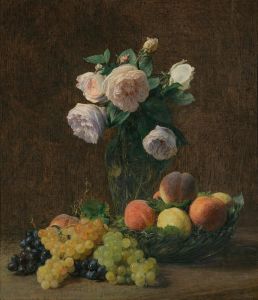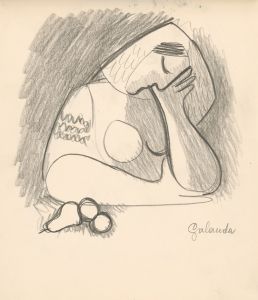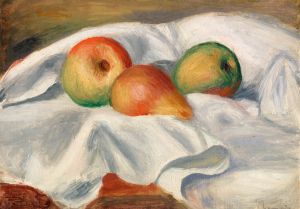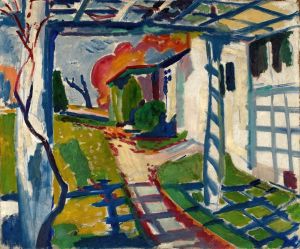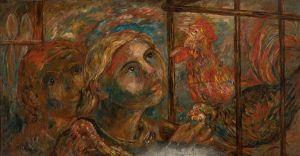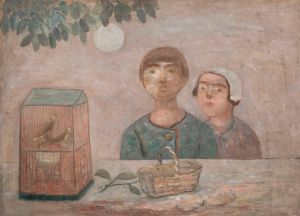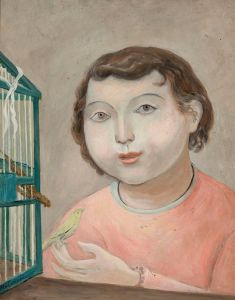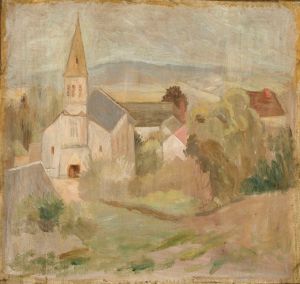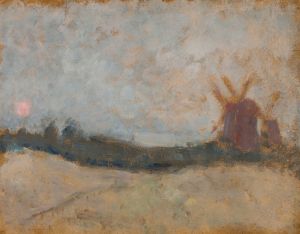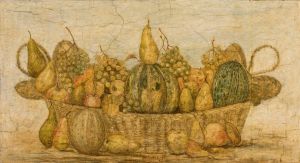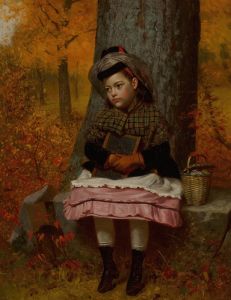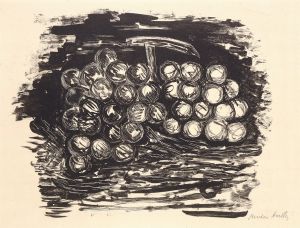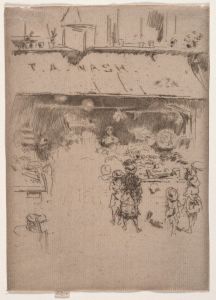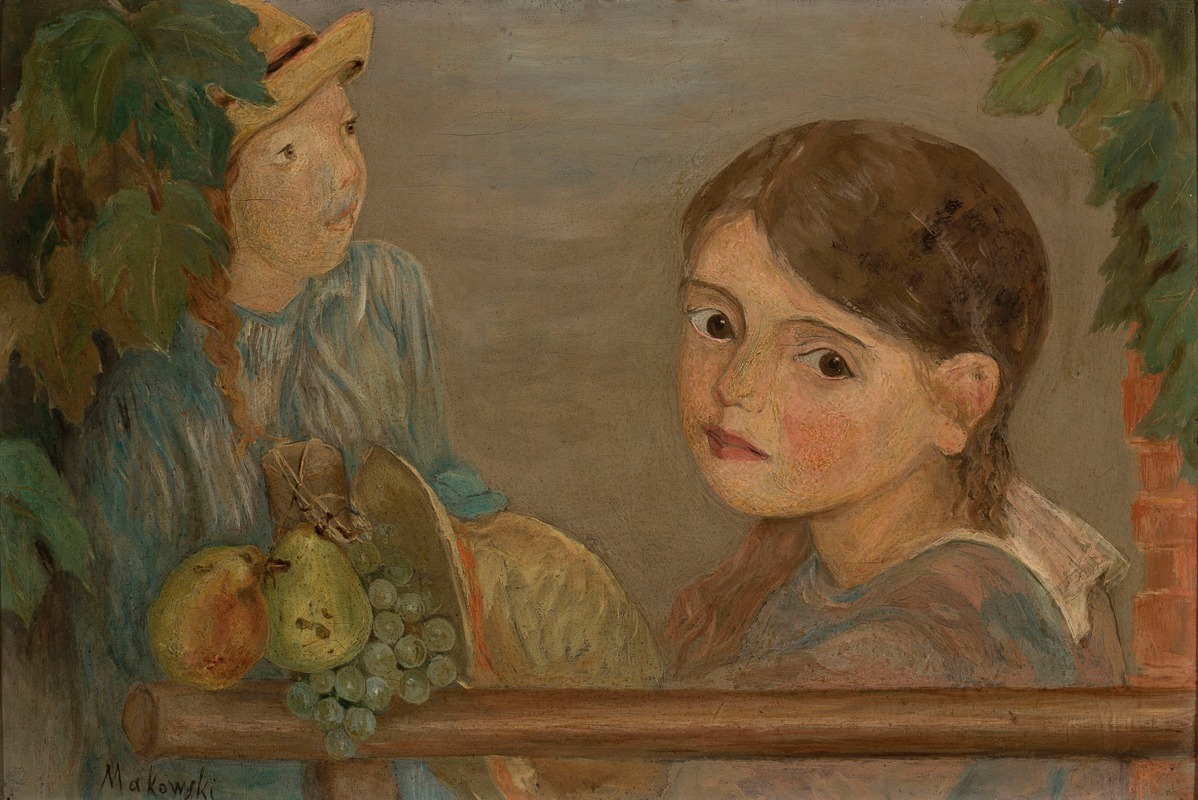
Little girls with grapes
A hand-painted replica of Tadeusz Makowski’s masterpiece Little girls with grapes, meticulously crafted by professional artists to capture the true essence of the original. Each piece is created with museum-quality canvas and rare mineral pigments, carefully painted by experienced artists with delicate brushstrokes and rich, layered colors to perfectly recreate the texture of the original artwork. Unlike machine-printed reproductions, this hand-painted version brings the painting to life, infused with the artist’s emotions and skill in every stroke. Whether for personal collection or home decoration, it instantly elevates the artistic atmosphere of any space.
Tadeusz Makowski was a Polish painter known for his unique style that combined elements of folk art, symbolism, and modernism. Born in 1882 in Oświęcim, Poland, Makowski initially studied classical philology at the Jagiellonian University in Kraków before pursuing his passion for art at the Academy of Fine Arts in Kraków. His early work was influenced by the Young Poland movement, which was characterized by a focus on national identity and a return to folk traditions.
Makowski moved to Paris in 1908, where he became part of the vibrant artistic community. In Paris, he was influenced by the works of Paul Cézanne and the Cubist movement, which led him to experiment with form and structure in his own paintings. Over time, Makowski developed a distinctive style that often featured children, animals, and scenes reminiscent of rural life, rendered with a sense of innocence and simplicity.
"Little Girls with Grapes" is one of Makowski's notable works, although specific details about the painting, such as its creation date and current location, are not widely documented. The painting typically reflects Makowski's characteristic style, which often includes a muted color palette and a focus on the charm and simplicity of childhood. His works frequently depict children in a way that emphasizes their purity and the whimsical aspects of their world, often set against a backdrop that suggests a timeless, idyllic rural setting.
Makowski's paintings are known for their emotional depth and the way they capture the essence of childhood. His use of geometric forms and a subdued color scheme often lends his work a dreamlike quality. In "Little Girls with Grapes," as in many of his paintings, Makowski likely employed these techniques to create a scene that is both intimate and universal, inviting viewers to reflect on the innocence and joy of youth.
Throughout his career, Makowski remained somewhat on the periphery of mainstream art movements, maintaining a personal style that was both modern and deeply rooted in Polish cultural traditions. His work has been exhibited in various galleries and museums, primarily in Poland and France, and he is regarded as an important figure in early 20th-century Polish art.
Makowski continued to live and work in France until his death in 1932. Despite the challenges of his time, including the upheavals of World War I and the interwar period, he remained dedicated to his artistic vision. His legacy is preserved in the collections of several major museums, and his paintings continue to be appreciated for their unique blend of modernist techniques and traditional themes.
While specific information about "Little Girls with Grapes" is limited, the painting is representative of Makowski's broader oeuvre, which celebrates the simplicity and beauty of everyday life through the eyes of a child. His work remains a testament to his ability to convey profound emotion and narrative through deceptively simple compositions.





